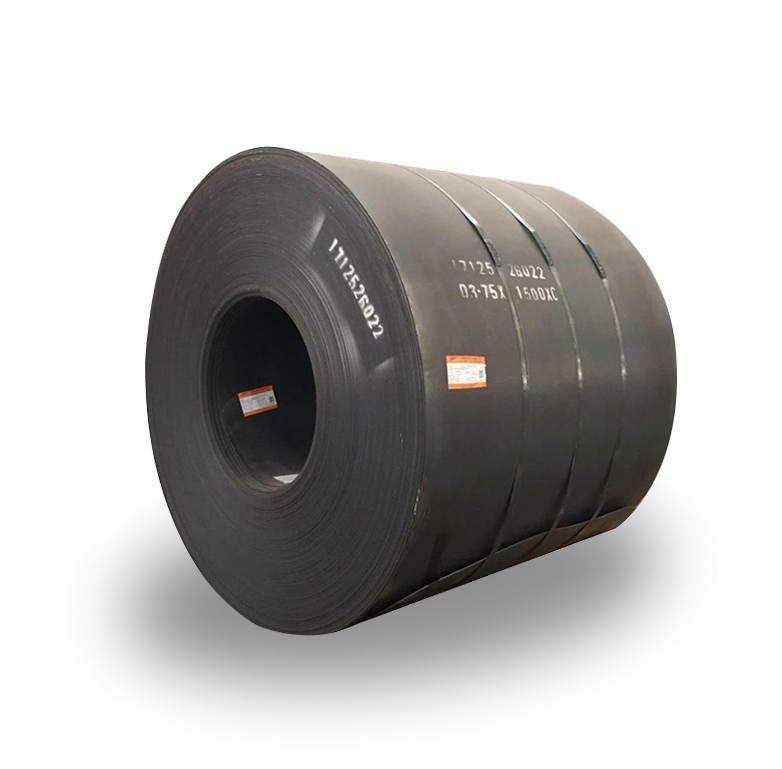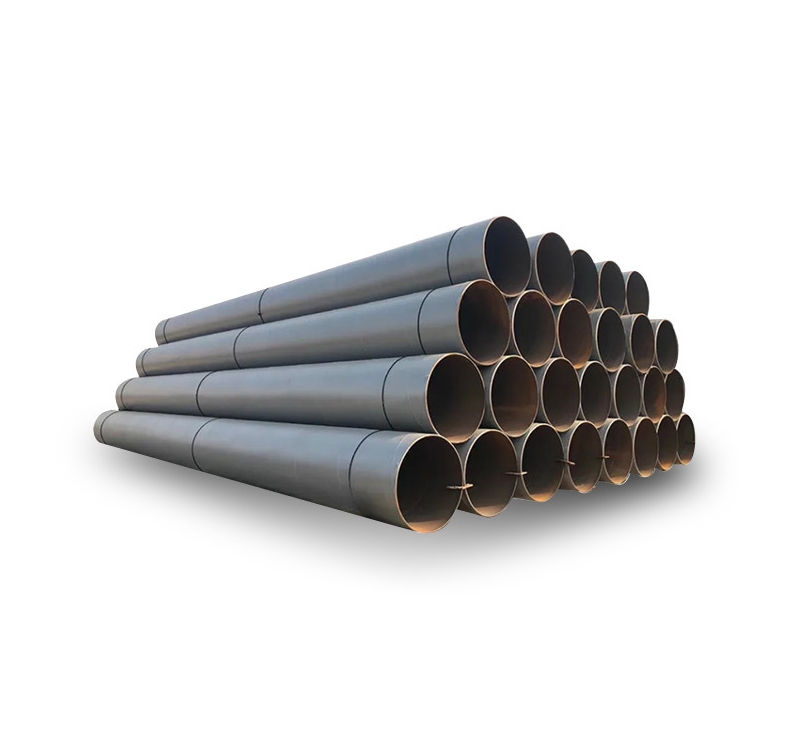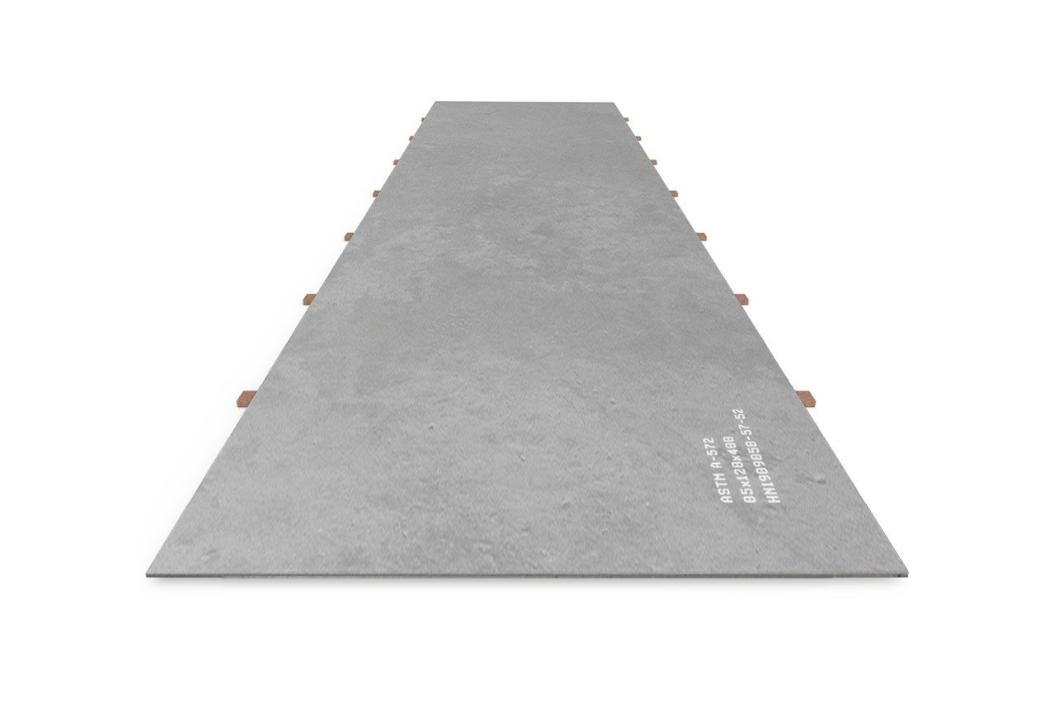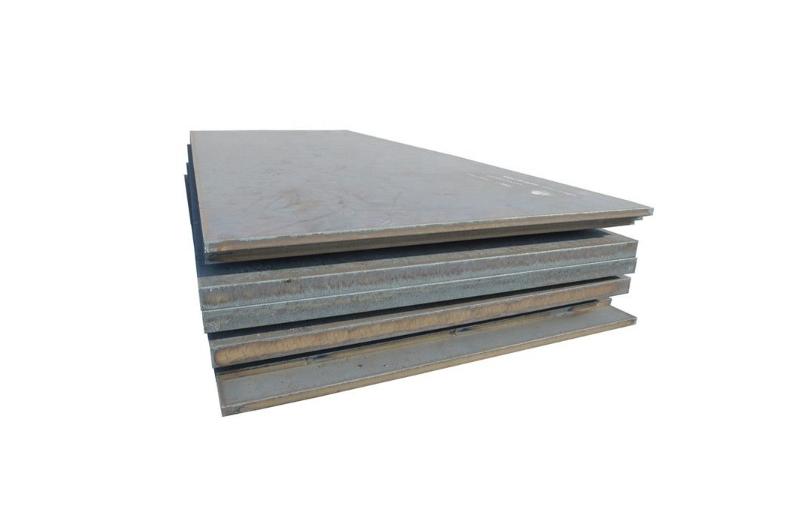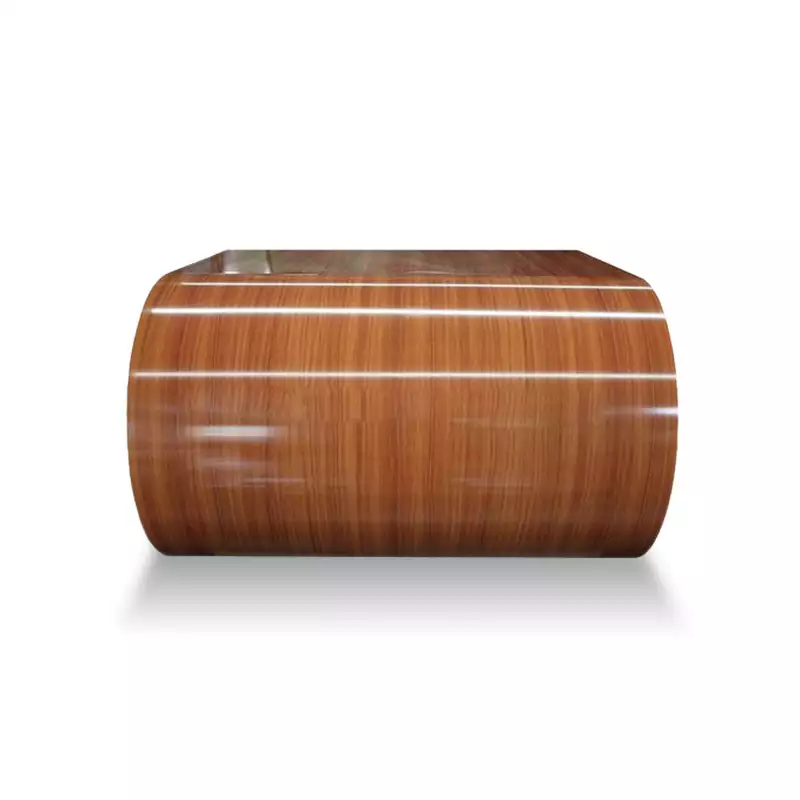Welding stainless steel to carbon steel is a common practice in industries where the need to combine the corrosion-resistant properties of stainless steel with the strength and affordability of carbon steel arises. This process is widely used in applications ranging from construction to automotive manufacturing and industrial piping systems. The main challenge, however, lies in the significant differences between these two metals, such as their thermal expansion rates, melting points, and chemical compositions. To ensure a reliable and durable weld, it’s essential to understand the fundamental welding techniques, the types of welds, and how to manage the challenges that arise from the dissimilarity between these two materials.
1. Understanding the Properties of Stainless Steel and Carbon Steel
Before diving into the specifics of welding these metals together, it is crucial to first understand the individual properties of stainless steel and carbon steel. Stainless steel is known for its corrosion resistance, which makes it ideal for use in environments exposed to moisture and chemicals. On the other hand, carbon steel is widely used for its strength, cost-effectiveness, and versatility.
| Property | Stainless Steel | Carbon Steel |
|---|---|---|
| Corrosion Resistance | High | Low |
| Strength | Moderate to High | High |
| Cost | Expensive | Low |
| Thermal Expansion | Low | High |
| Weldability | Good (with preparation) | Excellent |
Understanding these differences is essential when welding these metals together, as it will help mitigate potential issues such as poor fusion or cracking during cooling.
2. Challenges in Welding Stainless Steel to Carbon Steel
Welding dissimilar metals like stainless steel and carbon steel introduces several challenges, primarily due to their differences in thermal expansion and conductivity. These issues can lead to stresses that cause distortion, cracking, and weak joints. The following are common challenges faced during the welding process:
-
Heat Input Management: Since carbon steel and stainless steel have different thermal conductivities and expansion rates, heat input must be carefully controlled to avoid damage.
-
Weld Cracking: High carbon content in carbon steel may lead to crack formation, especially at the weld pool’s cooling stage.
-
Intermetallic Formation: In the weld zone, elements from both materials can form brittle intermetallic compounds, weakening the weld.
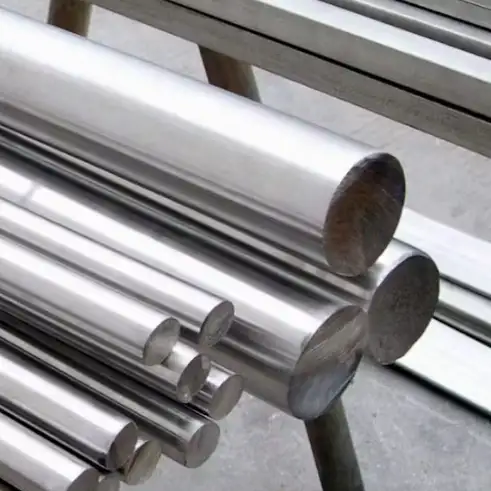
3. Best Welding Methods for Joining Stainless Steel and Carbon Steel
The best welding methods to join stainless steel and carbon steel are primarily determined by the thickness of the materials and the application requirements. Here are the most common techniques used:
-
TIG Welding (Gas Tungsten Arc Welding): This method is often used for welding stainless steel to carbon steel because of its precision and ability to control heat input. TIG welding uses a non-consumable tungsten electrode, ensuring a clean and smooth weld.
-
MIG Welding (Gas Metal Arc Welding): MIG welding is typically faster and more cost-effective than TIG welding. It works well for thicker materials, but heat control is crucial to prevent distortion.
-
Stick Welding (Shielded Metal Arc Welding): While not as precise as TIG or MIG, stick welding can be used for thicker sections of both stainless and carbon steel, especially when the application doesn’t require a high degree of weld finish.
4. Choosing the Right Filler Material
The selection of the appropriate filler material is vital to achieving a strong, durable bond between stainless steel and carbon steel. The filler material used should have a melting point and chemical composition that allows it to bond both metals efficiently. Common filler metals for welding these two types of steel include:
-
ER309: This is the most commonly used filler rod for stainless to carbon steel welding. It provides excellent strength and corrosion resistance.
-
ER316: Suitable for applications requiring high resistance to corrosion, especially in marine environments.
-
ER70S-6: This is often used for welding carbon steel but can also be used with stainless steel in less demanding applications.
5. Case Study: Welding Stainless Steel to Carbon Steel in the Oil & Gas Industry
In the oil and gas industry, welding stainless steel to carbon steel is often necessary to create pipelines that are both strong and resistant to corrosion. In a case study conducted by a leading pipeline construction company, it was found that using TIG welding with ER309 filler material resulted in a durable joint that withstood both the harsh environment and internal pressure from the flow of oil and gas. The project involved pipes with varying diameters, and the successful welds were tested for tensile strength, fatigue, and impact resistance.
6. Post-Weld Heat Treatment (PWHT)
Post-weld heat treatment (PWHT) is often required when welding stainless steel to carbon steel, especially for thicker sections. The purpose of PWHT is to reduce residual stresses and prevent cracking, ensuring the welded joint’s long-term performance. The process involves heating the weld to a specific temperature and then cooling it at a controlled rate.
7. Weld Testing and Quality Assurance
After welding, it is critical to conduct various tests to ensure the weld’s quality. Common tests include:
-
X-ray or Ultrasonic Testing: Used to detect internal flaws.
-
Tensile Testing: Ensures the weld joint can withstand stress without breaking.
-
Visual Inspection: Looks for surface defects such as cracks or porosity.
8. Environmental Considerations in Welding
Welding stainless steel to carbon steel generates high temperatures, which can create hazardous fumes. Therefore, proper ventilation is essential to protect the welder from inhaling harmful gases such as chromium and nickel. Additionally, appropriate protective gear, including gloves, welding helmets, and protective clothing, should be worn.
9. Safety Precautions and Best Practices
-
Use of Protective Gear: Always wear a welding helmet, gloves, and protective clothing.
-
Ventilation: Ensure proper ventilation to avoid inhaling toxic fumes.
-
Fire Safety: Keep fire extinguishers on hand as welding can generate sparks that may ignite nearby materials.
10. Common Problems and Solutions
Here are some common problems encountered during the welding process and their solutions:
-
Problem: Cracking in the weld.
-
Solution: Control the heat input and choose the correct filler material, like ER309, to reduce the likelihood of cracking.
-
-
Problem: Porosity in the weld bead.
-
Solution: Clean the base metals thoroughly before welding to remove contaminants that can cause porosity.
-
11. 5 FAQs About Welding Stainless Steel to Carbon Steel
-
Can stainless steel be welded to carbon steel?
Yes, welding stainless steel to carbon steel is common in industries such as construction, oil and gas, and manufacturing. -
What is the best welding method for stainless to carbon steel?
TIG welding is preferred for its precision, but MIG and Stick welding can also be used depending on the application. -
Do I need a special filler material for welding these metals?
Yes, a filler material like ER309 is recommended for joining stainless steel to carbon steel. -
How do I prevent cracking when welding these metals?
Controlling heat input and using the appropriate filler material can help prevent cracking. -
What is the purpose of post-weld heat treatment?
PWHT reduces residual stresses and prevents cracking, improving the joint’s overall strength.



